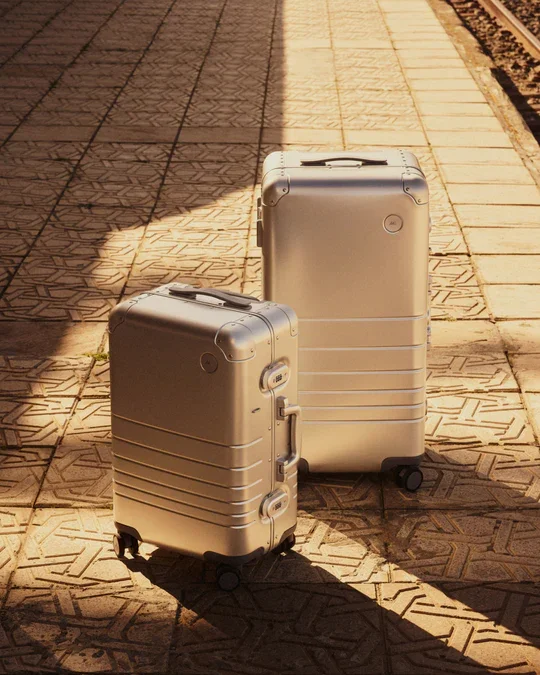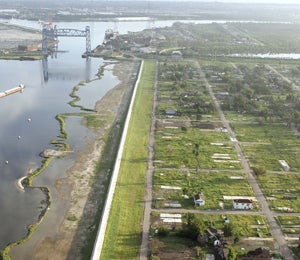10 Things You Should Know About New Orleans
10 Things You Should Know About New Orleans
Five years ago, Hurricane Katrina landed on New Orleans. News of the deadly storm splashed national headlines as natives of the Crescent City either evacuated or stayed hoping to brave the strong hurricane. Hitting the anniversary mark this Sunday, some are asking what does New Orleans look now? Here are 10 things you should know about New Orleans.
The Storm
A fierce Hurricane Katrina hit New Orleans on August 29, 2005, with 135 mph winds and a 14 foot storm surge, reports Nielsen.com. It was the sixth strongest hurricane on record and the deadliest since 1928.
Migrating
The New Orleans area lost nearly 595,205 people who relocated to nearby counties in the north Louisiana or to Atlanta, Houston, and Dallas, reports CNN.com.
Health Care
In 2007, the New York Times reported the reasons for New Orleans shaky health care system: the city’s poorest and newly uninsured were hit the hardest, but doctors and patients, politicians and entrepreneurs were also affected. Twenty-two percent of Louisiana’s populations is uninsured, according to research from the Kaiser Family Foundation in 2009. On August 25, 2010, New Orleans officials had a meeting with the board that will now oversee a new $1.2 billion, 424-bed teaching hospital in Mid-City New Orleans, reports the Times-Picayune.
Education
Before Hurricane Katrina hit the state’s education system was under tough scrutiny and schools were in need of major repairs. Today, Education Secretary Arne Duncan is calling Hurricane Katrina, “the best thing that happened to the education system.” He continued, “it took the devastating tragedy of the hurricane to wake up the community to demand more and expect better for their children.” He made the comments last January.
Children
Five years later, children are still affected by the storm. About 37 percent of children who survived Hurricane Katrina “have received a clinical mental health diagnosis of depression, anxiety, or behavior disorder,” according to a study by Columbia University’s National Center for Disaster Preparedness.
Seniors
The Times-Picayune have had difficulty determining how many displaced senior citizens have returned to New Orleans since Katrina, because some may have been taken in by extended family and counted as a larger household. Reports show that elders returning to New Orleans face barriers, such as fewer services assisting them and sketchy health care aid. In March, a $43 million structure with 200 apartments called, “Terraces on Tulane,” was opened for senior citizens. The fresh complex served as the new replacement for Forest Towers East, a previous elderly community that never reopened after Hurricane Katrina.
Housing
Many middle-class neighborhoods are scrambling for money to repair their homes. The only option for the owners who are short on cash is to tear them down, reports CNN.com. The poorest areas such as, the 9th Wards and St. Bernard Parish have the biggest challenges.
Crime
Crime is a huge problem in the Crescent City and the police department is having a hard time keeping the peace. These days, officers are being asked to accept a 10 percent pay cut and most cannot take their police cars home without paying for that privilege, according to CNN.com.
Demographics Now
On August 24, 2010, Nielsen research center released its own snapshot of the city post-Katrina, surprisingly, NOLA is now older, wealthier, and less diverse.
Obama Administration







The Obama administration announced on August 24 that they will give out $25 million for rebuilding projects to help the Gulf Coast recover from Hurricanes Kartrina and Rita.







